Name that plant.Need plant ID
jerseyjohn
last year
Featured Answer
Comments (14)
Related Discussions
Two plants need ID and help.
Comments (2)I I'm not sure what the second one is (it might be a Sedum or Echeveria, I can't really tell from the photo), but the bluish looks like an Echeveria, although I can't tell what species. As for the way they've fallen over, I think that's natural. So long as they're firm and not flimsy, I wouldn't worry about it. You might eventually want to just cut off the top section and reroot it when it's warmer. I have a plant that looks like your bluish one that I rerooted partially because it was leggy like yours (mostly because the cat broke it, though)....See MoreA few plants needing ID's Please~~
Comments (10)Hi Everyone! Thanks for the help with the little ones. They will be a really pretty plant if they ever grow, LOL Josh, Thank you for explaining that. And I am just as surprised as Bri.. I can't belive the same exact time. LOL! Bri, I think the first one is a Mammilliaria.. But don't know where to begin looking to narrow it down. Does anyone know a good ref. site for these? Thanks, JoJo...See MoreNew plants need ID's
Comments (9)Sarah, I apologize for being a bit too blunt in my post. Distinguishing Echeveria from Pachyphytum from Graptopetalum, Pachyveria, and Graptoveria is a very tricky business. I've been growing Graptoveria 'Fred Ives' for a number of years now, so I know what it looks like at all times of year, and in various amounts of sun exposure. Looking at my post, I see that I mislabeled the photo. It is Graptoveria 'Fred Ives', not Pachyveria. These two groups can be very hard to tell apart sometimes. Fred is supposed to be Graptopetalum paraguayanse X Echeveria gibbiflora. Brad Here is a link that might be useful: Related thread...See MorePlant ID Needed - Bought it yesterday and forgot the name already
Comments (2)Thanks! This is only the 2nd plant I ever bought without knowing what it was beforehand and I was a little frantic that I didn't know what it was called! Now I know what to do with it....See Moreken_adrian Adrian MI cold Z5
last yeargardengal48 (PNW Z8/9)
last yearlast modified: last yearperen.all Zone 5a Ontario Canada
last yearChristopher CNC
last yearfig_insanity Z7b E TN
last yearlast modified: last yearJay 6a Chicago
last yearlast modified: last yearfig_insanity Z7b E TN
last yearfloral_uk z.8/9 SW UK
last yearChristopher CNC
last yearlast modified: last yearperen.all Zone 5a Ontario Canada
last yearJay 6a Chicago
last yearjerseyjohn
last year
Related Stories

GARDENING GUIDESInvite Mining Bees to Your Garden by Planting Their Favorite Plants
Look for mining bees (Andrena) pollinating woodland wildflowers in U.S. gardens this spring
Full Story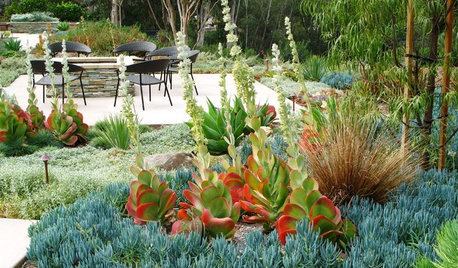
GARDENING GUIDESGreat Design Plant: Paddle Plant
If you're looking for awesomely strange foliage and low care requirements, this succulent is right up your alley
Full Story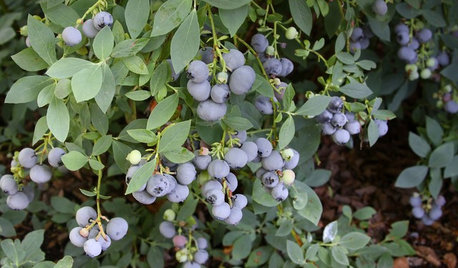
EARTH DAYSee Why Cross-Pollination Is a Plant’s Best Friend
Getting the most from a native plant landscape goes beyond plant selection. You often need compatible partners too
Full Story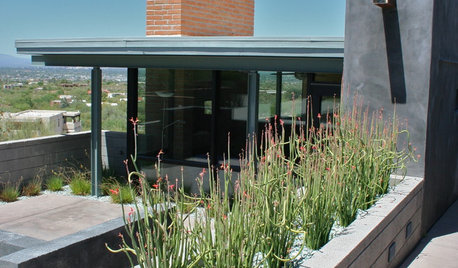
GARDENING GUIDESGreat Design Plant: Slipper Plant
Unthirsty succulent looks great all year and offers an unexpected surprise in fall
Full Story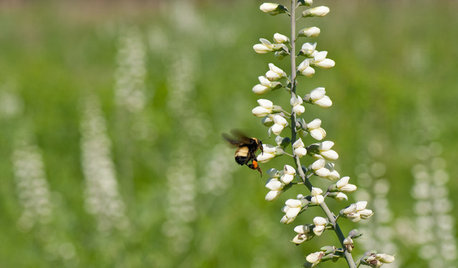
GARDENING GUIDESGreat Design Plant: Please Bumblebees by Planting Baptisia Lactea
Plant wild white indigo in central and southeastern U.S. gardens for its large white flower heads and early-spring interest
Full Story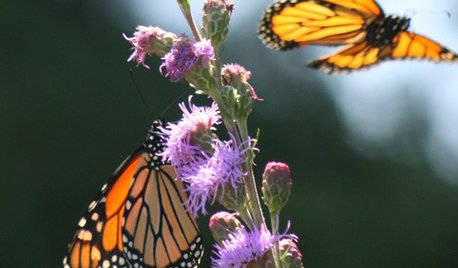
GARDENING GUIDESGreat Design Plant: Meadow Blazing Star (Liatris Ligulistylis)
Make fast friends with the monarch butterflies and get a color show too with this adaptable U.S. Midwest native
Full Story
GARDENING FOR BUTTERFLIES3 Ways Native Plants Make Gardening So Much Better
You probably know about the lower maintenance. But native plants' other benefits go far beyond a little less watering and weeding
Full Story
NATIVE PLANTSGreat Native Plant: Grow Wild Quinine for Its Unique Clusters of Blooms
Get connoisseur cred and unique blooms with this uncommon plant. Bonus assets: It’s low maintenance and drought tolerant
Full Story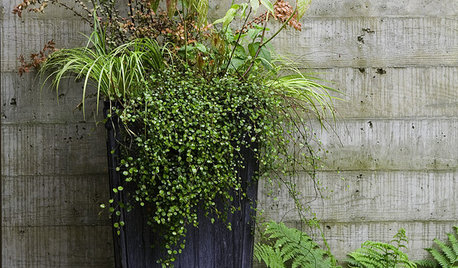
GARDENING GUIDESThe Secret Formula for Grouping Plants in a Pot
Designing a gorgeous container garden is easy once you know this simple rule of thumb for composition
Full Story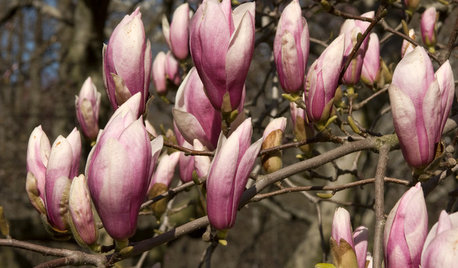
LANDSCAPE DESIGNGreat Design Plant: Saucer Magnolia
Witness its glorious spectacle in early spring, but this specimen tree brings other delightful visuals to a garden too
Full StorySponsored
Franklin County's Preferred Architectural Firm | Best of Houzz Winner



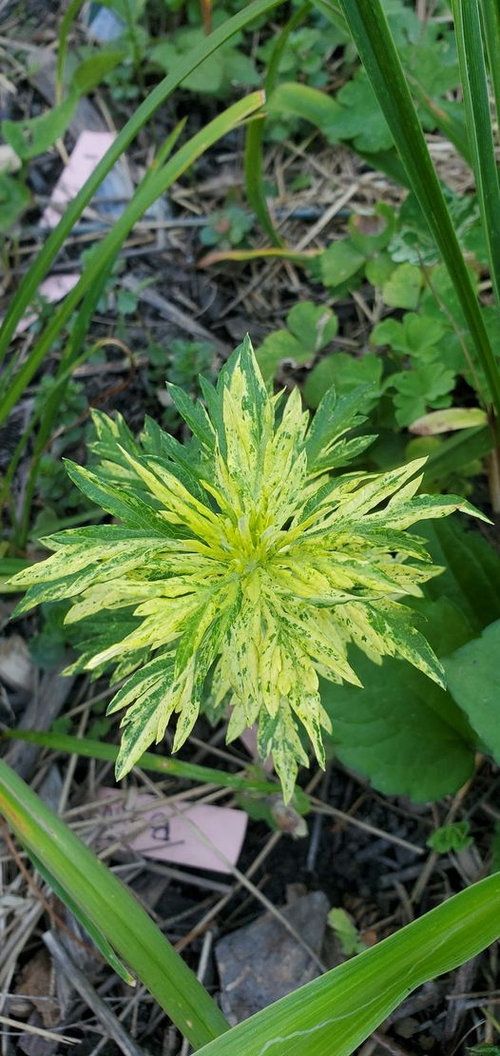
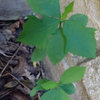

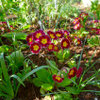


floral_uk z.8/9 SW UK